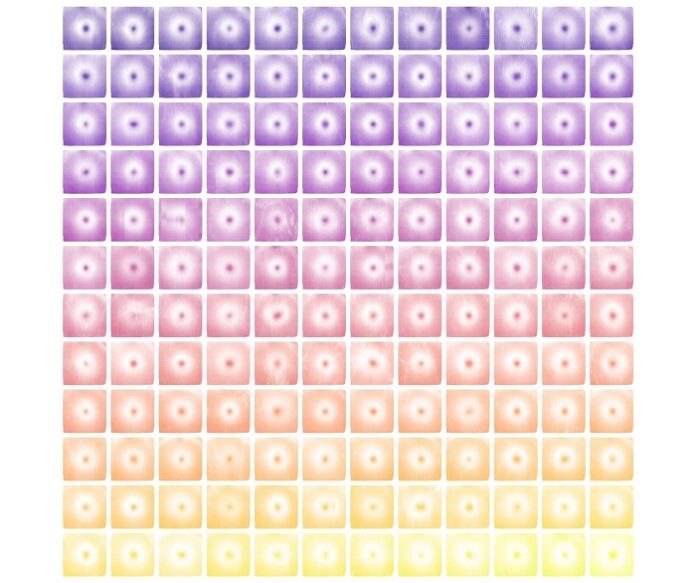

Groundbreaking Eye Study Unlocks Health Insights
Researchers have conducted one of the world’s largest eye studies, uncovering new insights into retinal thickness and its potential role in early disease detection. The WEHI-led study used advanced artificial intelligence (AI) to analyze over 50,000 eyes, creating high-resolution maps of the retina. These maps reveal significant links between retinal differences and diseases such as type 2 diabetes, dementia, and multiple sclerosis.
The Retina: A Window into the Brain
As part of the central nervous system, the retina provides a unique opportunity to detect neurological and metabolic disorders. Many conditions, including dementia and diabetes, involve disruptions in this critical system. With over 3 billion people worldwide living with brain-related conditions, finding new diagnostic tools is crucial.
Lead researcher Dr. Vicki Jackson emphasized the retina’s potential as a diagnostic tool. “Retinal imaging serves as a window to the brain, helping detect neurological disorders like multiple sclerosis and other conditions,” said Dr. Jackson, a statistician and gene expert. The study’s detailed retinal maps highlight key connections between retinal thinning and various diseases, offering new possibilities for screening and disease management.
Genetic Factors Behind Retinal Thickness
The study also identified genetic factors influencing retinal thickness, which play a significant role in retinal development. By pinpointing specific retinal locations showing changes in certain diseases, researchers confirmed the potential of retinal thickness as a diagnostic biomarker. This discovery paves the way for better disease tracking and early intervention.
AI Fast-Tracks Medical Discoveries
Professor Melanie Bahlo AM, the study lead and bioinformatician, highlighted how AI-driven analysis provides deeper insights into retinal anatomy and its connection to diseases. “AI fuels discovery. When combined with big data and brilliant minds, it transforms our understanding of human health,” said Prof. Bahlo, a lab head at WEHI.
As reported by medicalxpress, this research strengthens the field of oculomics—the study of using the eye to diagnose health conditions. As a non-invasive and powerful diagnostic tool, retinal imaging could revolutionize disease prediction and management in the future.






















